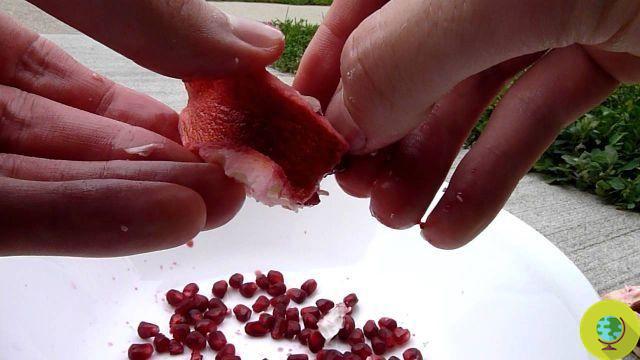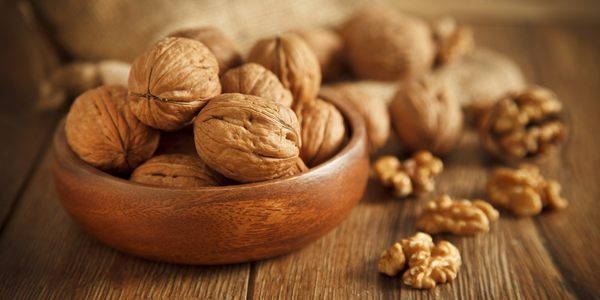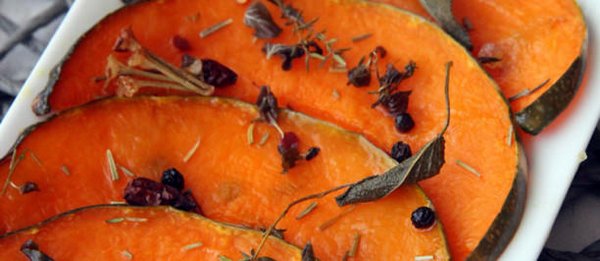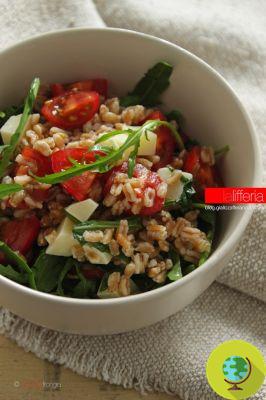AMARANTH - Gluten free, low in sugar and rich in proteins. It is not a real cereal, but it was no coincidence that it was considered the gold of the Incas. Here because
Don't store avocado like this: it's dangerousAMARANTH - Gluten free, low in sugar and rich in proteins. It is not a real cereal, but it was no coincidence that it was considered the gold of the Incas. Here because
THEamaranth it is considered the gold of the Incas and Aztecs. It is not a real cereal but its use in cooking makes it similar to grains, in particular millet. The grains of amaranth are very small and tasty.
Due to its beneficial properties, it should be included in the diet so as to vary our diet with healthy alternatives.
From a cultivation point of view, amaranth is a very resistant plant, not even Monsanto's RoundUp herbicide would be able to destroy it, so much so that amaranth is potentially a weed that has already been shown to be able to invade GM soybean fields.
Together with quinoa, amaranth will probably be the food of the future since in addition to containing carbohydrates it is rich in essential amino acids that our body uses to make proteins. What we usually call amaranth grains are actually the seeds of the plant of the same name.
Index
Properties of amaranth
Amaranth is considered a beneficial and healthy food especially for its protein and vitamin content. In particular, amaranth is a source of vitamin E and mineral salts such as calcium, phosphorus and potassium.
Like millet and buckwheat, amaranth is a food gluten free which therefore is suitable for those suffering from celiac disease. Its consumption is safe because amaranth is naturally gluten free.
From a botanical point of view, amaranth is not associated with cereals because it is not part of the grass family. His nutritional values they place it halfway between a legume and a cereal. Compared to cereals, amaranth is richer in amino acids.
The peculiarity of amaranth is its amino acid content Lysine, of which almost all cereals are deficient. Lysine is instead present in legumes. For this reason, it is usually recommended to combine the consumption of whole grains with that of legumes to have all the amino acids that our body needs to form proteins.
Amaranth is a very digestible food. Even pregnant women, the elderly and children can consume it without problems. Amaranth, like quinoa, contains saponins. To prevent the amaranth from becoming sticky during cooking - which takes place by boiling - it is necessary to rinse it very well in a colander before putting it in the pot. The presence of phytosterols in amaranth make it useful for lowering 'bad' LDL cholesterol and increasing 'good' HDL cholesterol.
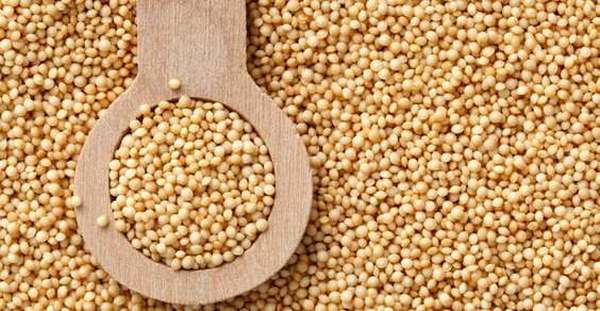
amaranth, calorie
Amaranth is a nutritious and energetic food, but at the same time light, easy to digest and metabolize. 100 grams of cooked amaranth bring about 102 calories.
Amaranth, nutritional values
Since it is a food of plant origin, amaranth it does not contain cholesterol. It is also low in fat, so much so that 100 grams of cooked amaranth contains only 2 grams.
Altogether 100 grams of cooked amaranth provide our body with 19 grams of carbohydrates, 4 grams of protein, 2 grams of fiber and 6 mg of sodium.
With regard to Vitamins, 100 grams of cooked amaranth contains 0,2 mg of vitamin E, 0,2 mg of niacin, 0,1 mg of vitamin B6, 22,0 mcg of folacin (vitamin B9).

About i mineral salts, in 100 grams of cooked amaranth we find 47 mg of calcium, 2,1 mg of iron, 65, g of magnesium, 148 mg of phosphorus, 135 mg of potassium, as well as selenium, manganese, copper and zinc. Here is the table with the complete nutritional values of amaranth.
Amaranth, glycemic index
The glycemic index of amaranth is equal to 35. This is a low value. Take into account, for example, that the glycemic index of durum wheat semolina pasta cooked al dente is 45.
Read also: CEREALS, WHICH TO CHOOSE ON THE BASIS OF THE GLYCEMIC INDEX?
Amaranth, contraindications
Amaranth has no particular contraindications except a moderate content of oxalic acid. From this point of view, those suffering from stones and kidney problems should ask their doctor for more information on the possibility of consuming amaranth, in what quantities and how often. Finally, oxalic acid can partially inhibit the absorption of calcium and zinc.
Amaranth, other things to know:
- 10 Recipes with amaranth
- Amaranth, the "cereal" of the Incas and Aztecs
- Amaranth, how it is grown and where to find it
- Amaranth, the executioner plant that attacks GMO crops
- Amaranth, the treasure of the INCA against GMOs Monsanto
- Amaranth, gives semplice erbaccia to cibo of the future
- Amaranto, a documentary dedicated to those who choose to live with the Earth
- Amaranth, quinoa and canehua: the 3 seeds that will save the world?
Marta Albè







